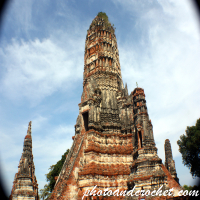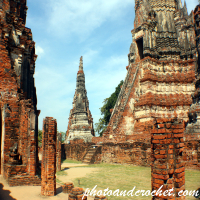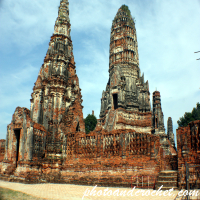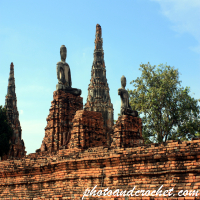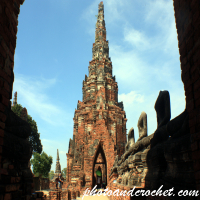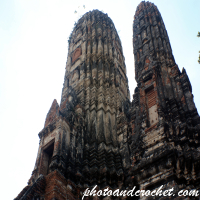Wat Chaiwatthanaram
Wat Chaiwatthanaram, identified by cultural historians as the structure most emblematic of Buddhism’s influence on Thai society, the Buddhist temple of Wat Chaiwatthanaram was commissioned in 1630 by King Prasat Thong in the traditional Khmer style. The temple is situated 80 kilometers north of Bangkok, within the ancient city of Ayutthaya. Ayutthaya was the capital of the Siamese kingdom at the height of its power and influence, from 1350 until its besiegement by the Burmese army in 1767. While Ayutthaya was once a thriving economic center, Wat Chaiwatthanaram was until very recently a deserted ruin, subject to decay and looting, and encroached upon by unlicensed residential housing. Illegal housing was demolished in the 1980s, and in 1987 the Fine Arts Department of Thailand began conserving the site. Considered one of Thailands most significant monuments, Wat Chaiwatthanaram sits adjacent to the central area of Ayutthaya, which was inscribed on the World Heritage list in 1991.
